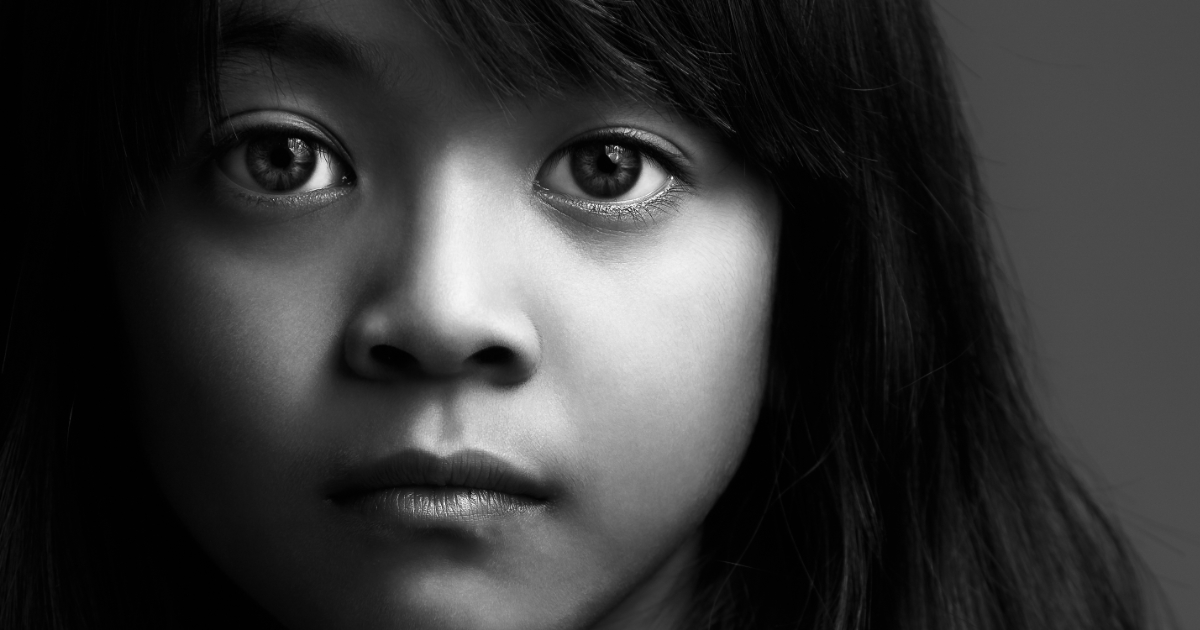What do you think might cause the following classroom behaviours?
A child:
- Having a strong need for control
- Engaging in impulsive or irrational behaviour
- Having difficulties with social relationships
- Problems with emotional regulation
It might be tempting to jump to the conclusion that it's a condition like autism or ADHD...
...but it might also be consistent with domestic violence. And DV is shockingly common.
In 2011, research by the NSPCC showed that 1 in 5 children in the UK have lived with domestic violence at home. In the average class of 30 children, that means domestic violence will affect 6 at some point.
Here's another way to put that number into perspective: living in a household affected by DV could be 20 times more common than autism.
And with many countries around the world experiencing lockdown right now - increasing family pressures - that number can only go up.
So here's 5 short videos that can help us understand how DV impacts on children's development and behaviour - and what we can do about it.
Trigger warning: some of these videos are very powerful and potentially upsetting. If you intend to share them with colleagues, let them know the content in advance, then they can make an informed decision about watching, based on their own histories (and emotional states).
Childhood Trauma and the Brain
This 5-minute video from the UK Trauma Council and Anna Freud is a brilliant introduction into how domestic trauma affects children's brain development and their behaviour (both in and out of the home).
The key message of the film is that a volatile student may be doing their best to survive in your classroom, based on their distorted family experiences.
This video also explores the idea of latent vulnerability. This is where the child has learned to adapt to the world in unhealthy ways - which makes them more likely to develop mental health issues later in life.
If you want a quick primer on the effect of DV to share with your colleagues, this video is perfect to share as a jumping off point for a discussion.
What Domestic Violence Feels Like... In Children's Own Words
This powerful video from Women's Crisis Services shares children's own words and voices about how it feels to live in a home affected by domestic violence.
This video is interesting because the children aren't describing the impact of abuse directed towards themselves... rather, how if feels to live in a household where one of the adults is abusing their partner.
The children's words are also accompanied by their own paintings representing how they feel about those incidents.
In the words of one participant: "The garden was my safe place. No one would bring an argument outside because of the neighbours. So I stayed outside a lot."
Understanding those experiences from the child's perspective helps us understand the (hidden) psychological struggles they be experiencing in school.
How Exposure To Violence Affects Brain Development
This is a longer video (15 minutes) that goes into much more detail about how domestic violence affects both brain development and child behaviour.
It walks us through the science of how our very first experiences as an infant form the template for all our future interactions and behaviour (even if we can no longer consciously remember them).
Interestingly, it explains how the "sponginess" of an infant's brain, which helps it absorb huge amounts of information and language, makes it more susceptible to the impact of trauma than older children.
Which means (counterintuitively) that DV has its most severe impact on infants and toddlers, rather than older children.
The video may also be useful for parents, because it reinforces the idea that if we model handling stressful situations aggressively (physical violence, shouting, screaming), then we're teaching our children to follow our example in later life.
How domestic violence impacts children
This short video (3 minutes long) gives an excellent insight into how children's experience of DV differs.
The impact will depend on:
- Their age
- How close they were to witnessing the violence
- Their own natural levels of resilience and anxiety
- Their perception of how personally in danger they were
These factors are important, because there are two parts to any trauma:
- The external event that happened
- Our internal response to it
This process explains why two children can have the same experience but have different reactions to it.
Why adult victims of domestic violence don't end their relationship
Finally, this TED talk by Leslie Morgan Steiner gives a personal, emotional insight into what happens in a domestic violence relationship - and why the victim doesn't walk away.
She gives a candid, personal talk about her own experiences of intimate partner violence (IPV). This is where one person in a relationship attempts to control the other through violence or other emotional abuse.
Steiner describes how she didn't think of herself as a battered wife. She saw herself as a strong woman, in love with a deeply troubled man, and she was the only woman on earth who could help him face his demons.
The she gives us the template of a typical abusive adult relationship:
- The abuser attempts to charm their victim and makes them feel important
- The abuser gradually isolates the victim from their family and social support network
- The abuser introduces the threat of violence and assesses the victim's reactions
- They enter a pattern of long-term violence
- When the victim leaves, they either escalate the violence, engage in stalking, deny the victim financial resources or manipulate the court system.
This video is 15 minutes long and is a particularly powerful account of one victim's experience.

